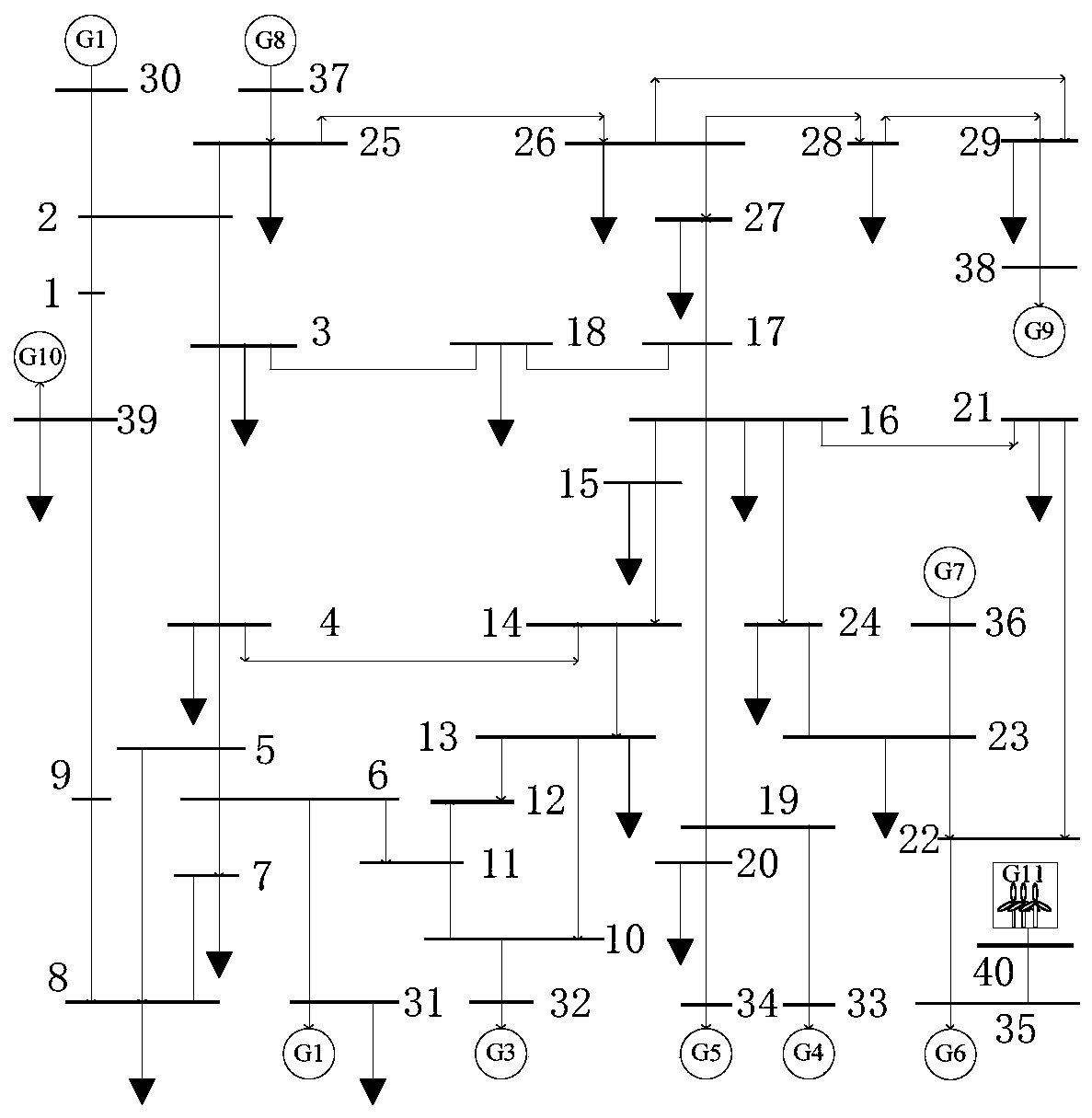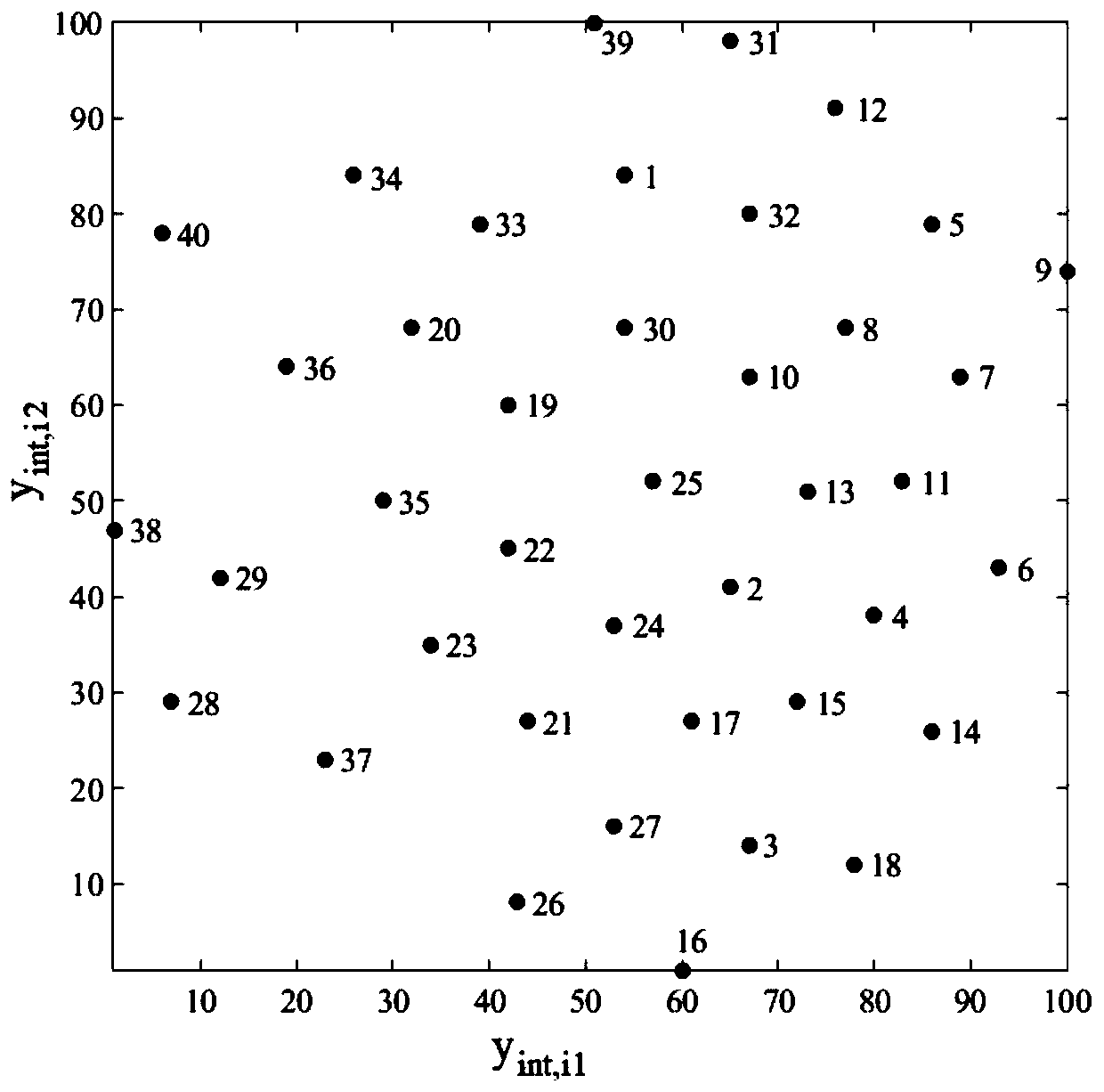Deep convolutional neural network tensor input construction method for electric power system analysis
A technology of power system and neural network, which is applied in the field of tensor input construction of deep convolutional neural network, can solve the problem that the distribution and correlation characteristics of power system input features cannot be considered, and achieve the effect of improving accuracy
- Summary
- Abstract
- Description
- Claims
- Application Information
AI Technical Summary
Problems solved by technology
Method used
Image
Examples
Embodiment Construction
[0023] The invention is a deep convolutional neural network tensor input construction method for power system analysis, which can preserve the distance of power system nodes in space, reflect the spatial relevance of power system operation data, and construct a method suitable for deep convolutional neural networks. Multilayer 2D tensor data input to a product neural network. The present invention will be described in further detail below in conjunction with the accompanying drawings and specific implementation methods. The main implementation steps are: use electrical distance to represent the distribution of power system nodes in high-dimensional space, use t-distribution random proximity embedding method to reduce the high-dimensional space distribution of power system nodes to a two-dimensional plane, use multi-layer deep convolutional neural network The input construction method assigns different types of power system operating data to the two-dimensional plane node coord...
PUM
 Login to View More
Login to View More Abstract
Description
Claims
Application Information
 Login to View More
Login to View More - R&D
- Intellectual Property
- Life Sciences
- Materials
- Tech Scout
- Unparalleled Data Quality
- Higher Quality Content
- 60% Fewer Hallucinations
Browse by: Latest US Patents, China's latest patents, Technical Efficacy Thesaurus, Application Domain, Technology Topic, Popular Technical Reports.
© 2025 PatSnap. All rights reserved.Legal|Privacy policy|Modern Slavery Act Transparency Statement|Sitemap|About US| Contact US: help@patsnap.com



